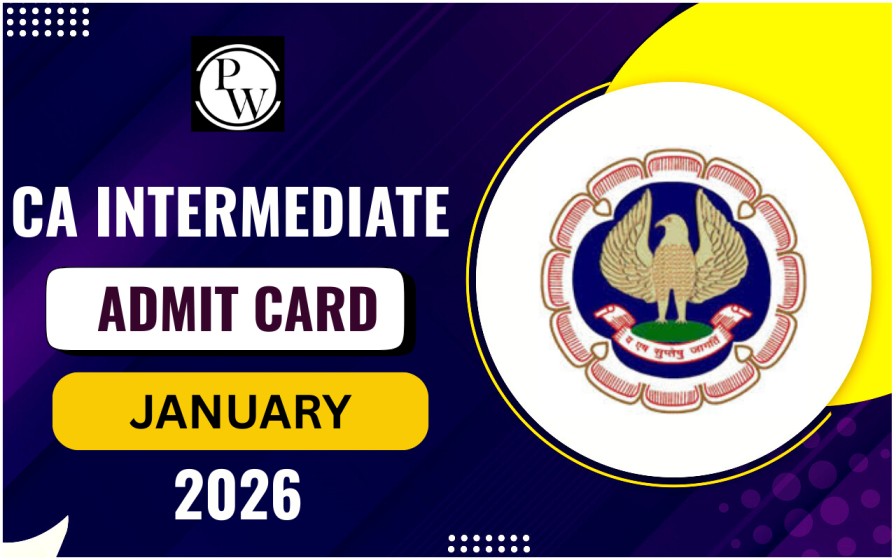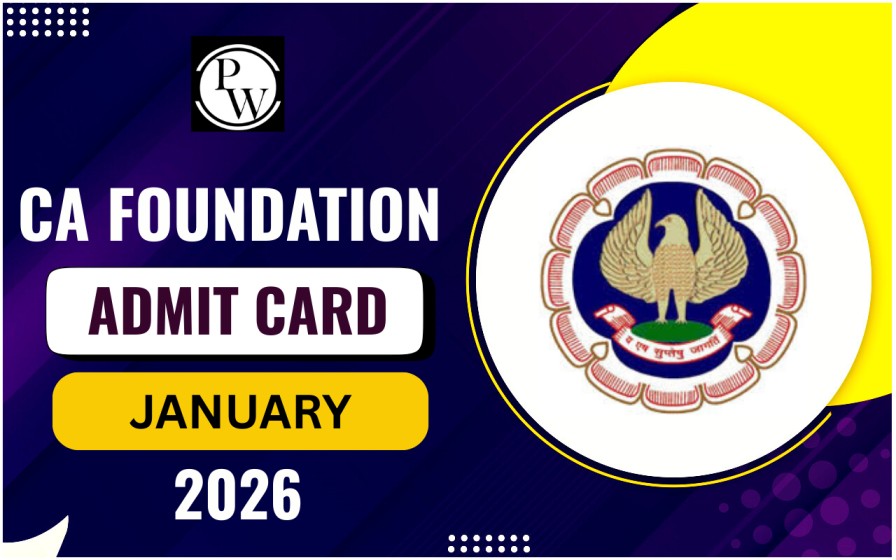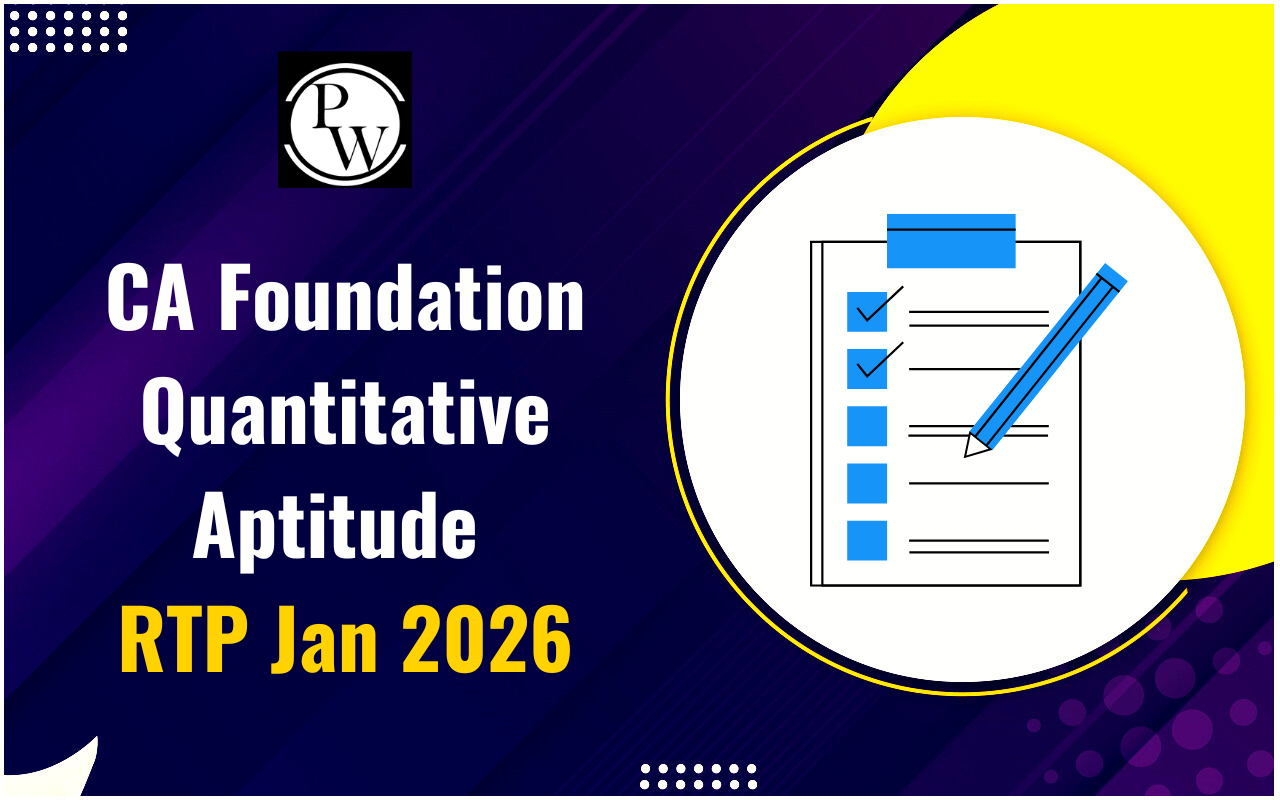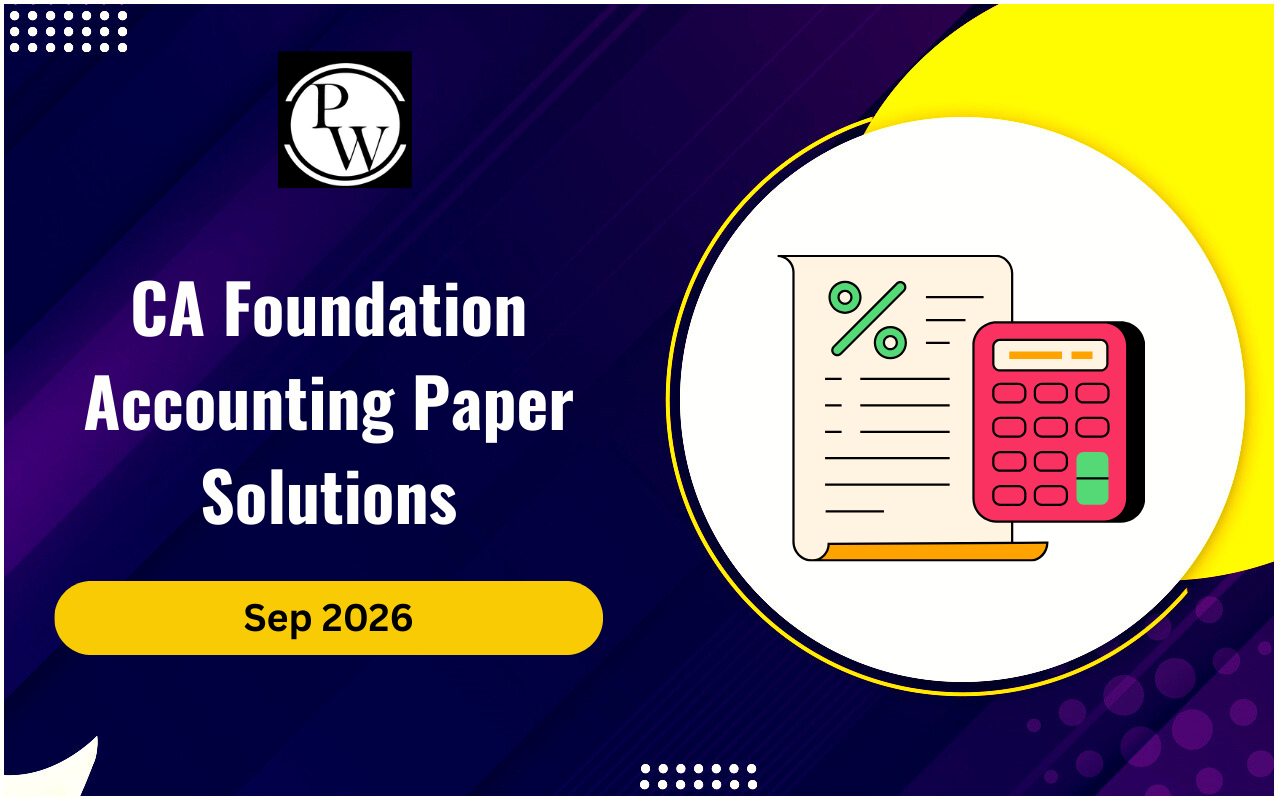
In the modern world of finance and accounting, Coding and Decoding has become an essential skill. Whether it's understanding encrypted financial data, decoding tax laws, or analyzing business algorithms, Coding and Decoding plays a crucial role in simplifying complex information.
For CA Exams, mastering Coding and Decoding can enhance problem-solving abilities and boost analytical thinking, which is essential for excelling in exams and real-world applications.
What is Coding and Decoding?
At its core, Coding and Decoding refers to the process of converting information from one form to another, making it easier to interpret and understand. In the context of CA studies, it can involve:
-
Interpreting financial statements
-
Understanding taxation structures
-
Analyzing encrypted audit reports
-
Decoding complex accounting standards
A strong grasp of Coding and Decoding helps CA students break down complicated legal and financial jargon into simpler, more comprehensible terms.
Example of Coding and Decoding:
If "APPLE" is written as "DSSOH" in a certain code, can you figure out the pattern? (Hint: Each letter is shifted forward by three places in the alphabet.
Importance of Coding and Decoding in CA Studies
CA students often deal with intricate data sets, financial records, and taxation guidelines. Coding and Decoding is vital in the following areas:
1. Understanding Financial Statements
Financial statements are often filled with complex numerical data and technical terms. Coding and Decoding allows students to break down these statements, understand trends, and extract meaningful insights. By decoding balance sheets, profit and loss statements, and cash flow reports, CA aspirants can interpret a company’s financial health accurately.
2. Decoding Taxation Laws and Regulations
Taxation laws can be daunting, filled with legal jargon and amendments. Coding and Decoding simplifies these laws, making it easier for CA students to apply them in practical scenarios. For example, understanding GST regulations, income tax provisions, and corporate tax structures require an analytical approach, which can be strengthened through Coding and Decoding techniques.
3. Applying Logical Reasoning in Audits
Auditing involves examining financial records to identify inconsistencies or fraudulent activities. Coding and Decoding helps CA students develop logical reasoning skills, making it easier to identify patterns, discrepancies, and errors within financial reports. This skill is particularly useful when working with forensic accounting or fraud detection.
4. Problem-Solving in Exam Scenarios
Many CA exam questions involve logical puzzles, data interpretation, and case studies that require quick analysis. Coding and Decoding aids students in breaking down problems efficiently and arriving at accurate solutions. Whether it’s cracking MCQs or solving case-based questions, this skill gives students a competitive edge.
5. Enhancing Decision-Making Skills
In the corporate world, CAs play a crucial role in financial decision-making. Coding and Decoding helps professionals assess risks, evaluate investment options, and interpret business models effectively. Having a structured approach to decoding financial data ensures well-informed decisions that drive business growth.
Also Check: Issue, Forfeiture and Re-Issue of Shares
Types of Coding and Decoding
Understanding different types of Coding and Decoding methods will help you approach problems with clarity. The following are some common types:
1. Letter Coding
In this type, letters of a word are replaced using a specific pattern.
Example: If "PENCIL" is coded as "RGPENK," then what will "ERASER" be coded as? (Hint: Each letter moves two steps forward.)
2. Number Coding
Here, words are represented using numbers based on a certain logic.
Example: If "CA" is coded as 31 (C=3, A=1), then what is the code for "ICAI"?
3. Substitution Coding
Each word in a sentence is replaced by another word.
Example: If "Apple" is called "Banana," "Banana" is called "Mango," and "Mango" is called "Grapes," then what is the color of "Mango"? (Hint: The actual color of "Mango" is irrelevant; instead, think of "Banana.")
4. Mixed Letter Coding
A combination of different methods where letters and numbers are coded together.
Example: If "D3F" represents "CA," then what will "G6H" stand for?
5. Deciphering Coding Patterns
Sometimes, a code follows a hidden pattern, like reverse order, alternate letters, or mathematical operations on numbers.
Example: If "123" stands for "ABC," "456" stands for "DEF," then what does "789" stand for?
How to Crack Coding and Decoding Questions?
CA students need a smart approach to solve Coding and Decoding questions efficiently. The following are some useful strategies:
-
Identify the Pattern: Check if the letters or numbers follow an increasing or decreasing order.
-
Look for Letter Shifts: Find if letters are moved forward or backward.
-
Check Number Assignments: See if numbers represent alphabets or have arithmetic relations.
-
Analyze the Sequence: Observe repetition or mirroring of elements.
-
Practice Regularly: The more you solve, the faster you recognize patterns
| Also Check: | |
| Dissolution of Partnership Firm | Statistical Representation of Data |
| LLP Accounts | Probability |
| Retirement of a Partner | Statistics |
Coding and Decoding FAQs
What is Coding and Decoding in CA studies?
Why is Coding and Decoding important for CA students?
How can CA students improve their Coding and Decoding skills?
Does Coding and Decoding help in CA exams?










